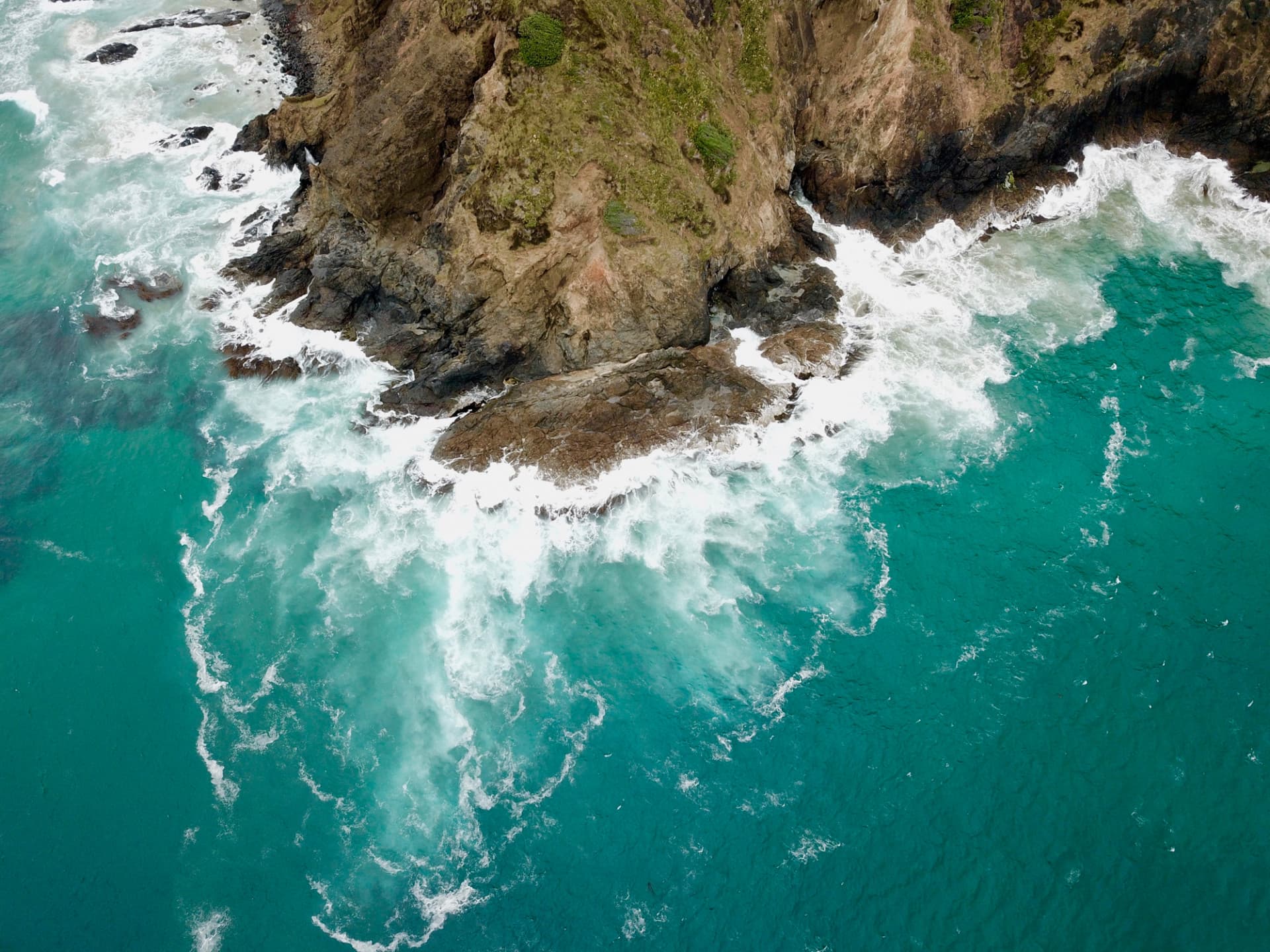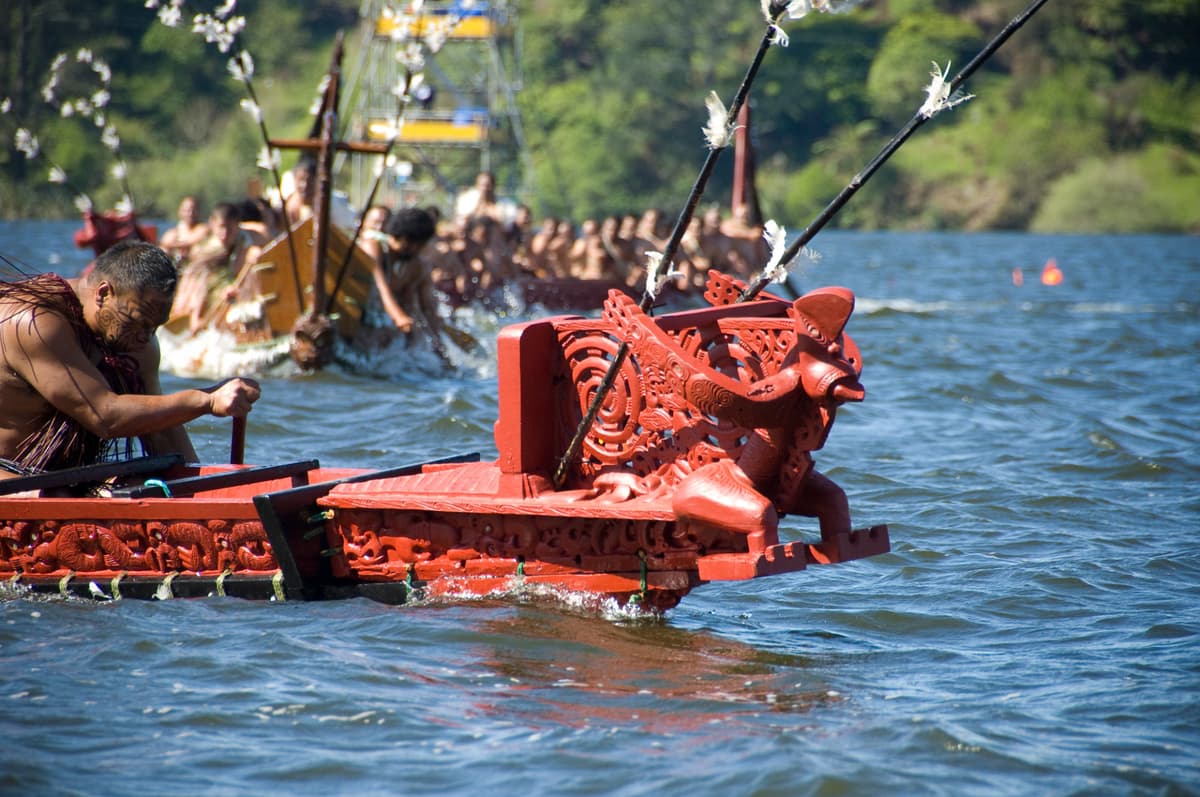

Joseph R, Rakena M, Te Kuini Jones M, Takuira J, Te Tai M and Rakena C.
Final report for the Whaia te Mana Māori Whakahaere Tōtika ki Tangaroa – in pursuit of Māori governance jurisdiction models over marine resources project.
When Māori signed the Treaty of Waitangi in 1840, rangatira (chiefs) expected the Crown to protect their rangatiratanga (chieftainship) and mana whakahaere tōtika (shared governance jurisdiction) over taonga (valued natural resources), and that the taonga would be sustained for future generations in perpetuity. In return, Māori shared concurrent governance jurisdiction with the British, and subsequently, the New Zealand Crown, thus acknowledging the mana whakahaere of both Treaty of Waitangi partners. The New Zealand Crown has a constitutional and legal duty then under the Treaty to ensure that Māori mana whakahaere tōtika over taonga is protected. The exercise of shared concurrent jurisdiction for Māori communities on the other hand includes, inter alia, the tikanga Māori right and responsibility to ensure the protection and perpetuation of natural resources for all future New Zealand – Pākehā and Māori – generations.
The impacts of climate change compounded by the neoliberal effects of developing global economies, industry, growing populations and overconsumption of resources however, have led to the dramatic degradation and destruction of terrestrial and marine ecosystems in New Zealand, which negatively affects all New Zealanders. The resounding awareness and reality of the importance of repairing, restoring and sustaining our environment for future generations has highlighted the need to radically amend current resource management vision, policy, practices, laws, institutions and priorities that are more collective, targeted, effective and cohesive across the New Zealand landscape and marine and coastal seascapes.
Ecosystem-based management (EBM) has become an appropriate international response for addressing the alarming global environmental degradation, and is designed and executed as an adaptive, learning-based process that applies the following common international principles:
The Sustainable Seas National Science Challenge agrees with the above EBM principles and has adopted them but has also adapted them to an Aotearoa New Zealand context that fundamentally acknowledges mātauranga and tikanga Māori law and shared co-governance and concurrent jurisdiction hence the following Aotearoa New Zealand EBM principles:
This report focuses on analysing EBM through the incorporation of mātauranga and tikanga Māori and shared concurrent governance jurisdiction through Treaty of Waitangi partnerships over the marine and coastal seascape.
The report analyses the legal enablers, opportunities and challenges at this law interface that enables shared Māori co-governance and concurrent jurisdiction over the marine and coastal area and proposes that we embrace the above EBM approach in an Aotearoa New Zealand context that could place us in a powerful position as a global leader.
EBM could potentially allow Māori to take a proactive role through co-governance and co-management of the coastal marine environment as originally envisaged in the Treaty of Waitangi. A well-executed inclusive EBM approach that enhances the principles of partnership underscored by the Treaty of Waitangi and that meets the diverse commitments to Indigenous peoples enunciated in the United Nations Declaration on the Rights of Indigenous Peoples 2007 (UNDRIP) provides an opportunity to normalise shared Māori-Crown co-governance and concurrent governance jurisdiction in sustainable resources on the world stage.
Mātauranga and tikanga Māori environmental perspectives deserve to be fully integrated, not treated as an afterthought or as matters placed in opposition to (or as grudging concessions to) a dominant mainstream New Zealand Western paradigm. To treat them as a separate theme would deny their potential for effective synergies and mātauranga and tikanga Māori led shared environmental governance is what is distinct about effective environmental governance and potentially effective EBM in an Aotearoa New Zealand context.
The report then fully supports the adoption and adaptation of EBM within this mātauranga and tikanga Māori and New Zealand law context through, inter alia, shared co-governance and concurrent jurisdiction because they will provide an incredible opportunity for New Zealand to become a world leader in tailoring any potential EBM strategy, policy, laws and institutions around our unique legal, political, cultural and constitutional context and in a manner that is compatible with who we are and who we aspire to be as a bicultural and multicultural, prosperous and environmentally sustainable, nation.
The report moreover affirms the adoption of authentic Crown-Māori shared co-governance and concurrent jurisdiction mechanisms to implement EBM effectively through public policy, legislation, Treaty settlements, and, importantly, shared public support and education. To this end, some of the current key statutory provisions examined in this report include the Resource Management Act 1991 generally but especially ss. 6, 7, 8, 33, 36B, and 58; the Local Government Act 2002, Conservation Act 1987, Hauraki Gulf Marine Park Act 2000, Māori Fisheries Act 2004, Marine and Coastal Area (Takutai Moana) Act 2011, and the Exclusive Economic Zone and Continental Shelf Act 2012.
Some of the key regulations and special statutory initiatives for integrating EBM and shared co-governance and concurrent jurisdiction explored include Marine Protected Areas, the Fisheries (Kaimoana Customary Fishing) Regulations 1998 for taiāpure and mātaitai reserves, the Hauraki Sea Change – Tai Timu Tai Pari Marine Spatial Plan 2013, the Auckland Unitary Plan 2017, special co-governance agreements such as the Waikato River Authority under the Waikato-Tainui Raupatu Claims (Waikato River) Settlement Act 2010, the Te Awa Tupua (Whanganui River Claims Settlement) Act 2017 and, more recently, the Ngā Rohe Moana o Ngā Hapū o Ngāti Porou Act 2019. Rangatiratanga and mana whakahaere tōtika fundamentally include jurisdiction, which denotes not only the mana to possess resources but also the mana to govern and manage them in accordance with one’s values and priorities.
A similar approach occurred with some modern comprehensive Treaty settlement and self-government agreements as well as the Great Bear Initiative (GBI) in Canada, along with the Great Barrier Reef Marine Park Act 1975 in Australia that promised the long-term protection and conservation of the Great Barrier Reef (GBR) through ecosystem-based management and by facilitating partnerships with Indigenous Aboriginal and Torres Strait Island Traditional Owners. These initiatives in Canada and Australia include degrees of shared concurrent jurisdiction and consensus building among Governments, stakeholders, and Indigenous communities that were underpinned by EBM.
The recent enactment of the Declaration on the Rights of Indigenous Peoples Act 2019 in B.C, Canada that incorporates UNDRIP into B.C domestic law could be pivotal for implementing EBM over the marine estate more effectively through, inter alia, shared authentic governance jurisdiction with the GBI and other initiatives.
Notwithstanding the challenges and there are many, what is urgently required in Canada and Australia is effective collaboration and genuine partnerships with other sectors of society through co-governance structures that acknowledge Indigenous peoples and that effectively and equitably incorporate Indigenous self-determination and cultural co-governance within this EBM context.
To the above ends, adopting and adapting EBM constructed on international best practices and specific compelling comparative case studies such as some comprehensive Treaty and self-government settlement agreements and the Great Bear Initiative in Canada, some key Great Barrier Reef co-management agreements and modern settlements in Australia, underpinned by shared EBM and Indigenous environmental principles in UNDRIP 2007, but tailored to be fit for purpose for Aotearoa New Zealand, are essential. The Aotearoa New Zealand approach to any EBM initiative then needs to fully acknowledge the Treaty ofWaitangi partnership and to integrate mātauranga and tikanga Māori through shared co-governance with concurrent jurisdiction over the marine and coastal seascape.
There is a pressing need then to modify mainstream policies, laws and institutions to implement EBM over the coastal marine estate by providing alternatives for Māori and other groups that would assist with sustaining the coastal marine estate for future generations, enriching national life, and to facilitate a genuine unity of people based on mutual respect. There is a pressing need to focus not only on managing cultural differences but also on acknowledging our common ground and inter-dependence including our fundamental love of New Zealand oceans and beaches for their inherent beauty, as part of our ‘clean green’ image and shared identity, for recreation, swimming, kayaking, walking and fishing as well as balanced commercial development for industry.
The essence of any successful collaboration relationship is in unity or oneness, not sameness, or assimilation, but in complementarity. Each group needs to respect the ‘other(s)’, to seek and embrace common-ground affinities, accommodate differences, and to work to change our own prejudices.
Such initiatives may appear to be radical but are actually measured options to consider as possible viable ways, some would assert the only way forward, for significantly improving sustainable resource governance and management in Aotearoa New Zealand that are suitable and sustainable for Māori, for the environment, and for the nation. In fact, the future survival of the marine and coastal seascape of Aotearoa New Zealand - and therefore of Aotearoa New Zealand as a country given we are an Island state - depends on how we effectively and appropriately implement shared co-governance and concurrent jurisdiction between the Crown, local government, Māori and other key stakeholders within this EBM context. We have to work together more than ever before. The future of this great nation depends on today and what we do with it.
